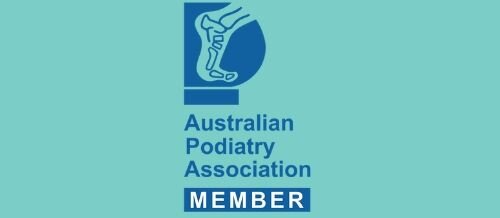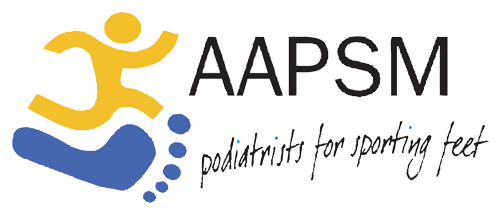Plantar Heel Pain
This condition, commonly known as plantar fasciitis, or plantar fasciosis, is one of the most common problems that we treat at Gold Coast Foot Centres. Plantar fasciitis is an overuse injury involving the plantar fascia, a thick connective tissue on the bottom of the foot, originating at the heel and attaching at the metatarsal heads. Originally thought to be an inflammatory condition, recent research has suggested that it may be a non-inflammatory condition, hence the recent thought to change the term to plantar fasciosis. For the sake of this article, we will refer to the condition as plantar fasciitis.
Symptoms
There are a number of characterising symptoms which occur in people with plantar fasciitis including:
Pain is most severe after getting out of bed, or sitting for a prolonged period. Improvement of symptoms usually occurs after walking
Being barefoot may exacerbate pain
Pain is generally unilateral, although can effect both feet
Risk Factors
As plantar fasciitis is an overuse injury in most cases, activities that increase load through the plantar fascia could increase the chance of developing heel pain.
Increase in activity levels
Increase in weight
Both ‘pronated’ (flat feet), and ‘supinated’ (high arched feet) have been shown to be a contributing factor, although the evidence is mixed
Tight calf and achilles, and poor footwear also may have implications in the development of this condition
Diagnosis
The diagnosis of plantar fasciitis can usually be done in a clinical setting. Pain can be palpated at the medial calcaneal tubercle and may be reproduced by stretching the plantar fascia by dorsiflexing the big toe. Dorsiflexion of the ankle may also be limited due to tightness in the calf and achilles. Imaging is not generally required, although if confirmation of the diagnosis is needed, an ultrasound may be ordered.
Differential Diagnosis
Heel spurs – Despite common belief, almost all of the time, heel spurs do not cause pain and is not the cause of heel pain.
Plantar fascia tear or rupture – this is generally characterised by an incident with sudden onset of pain
Fat pad contusion – damage to the fatty pads in our heels can be the cause of heel pain
Fractures and stress fractures of the heel
Various types of arthritis
Bursitis
Nerve complications arising from the back, ankle and feet
Various systemic illnesses
Treatment
First line treatments include rest, ice, specific stretching and strengthening exercises, sports taping, activity reduction and NSAIDS such as ibuprofen
Footwear advice: The correct shoes can reduce load through the plantar fascia. Athletic shoes are ideal for this condition, as they provide cushioning to the heel, and usually have a heel height differential of around 1cm, which offloads the heel, achilles and calf. Going barefoot can exacerbate symptoms, therefore should be avoided if painful. An appropriate thong or open toed shoe may be a good option to help alleviate pain, especially for around the house. One such option we have been using in clinic with good success is the Telic thong, comprising a contoured foot bed with superior shock attenuation.
Orthotic therapy: Ideally reducing the load through the plantar fascia can achieve a reduction in symptoms. A custom orthotic has the ability to do so and can be very helpful in reducing symptoms.
Manual therapy: Reducing the tightness in the calves can improve results. This can be achieved via massage, dry needling and foam rolling.
Other treatment options include extracorporeal shockwave therapy, corticosteroid injections and night stretching splints.
Surgery should be considered as a last option.
Please consult one of the podiatrists at Gold Coast Foot Centres for advice and treatment if you are experiencing any foot or lower limb related problems
Nelson Pollard
PODIATRIST
Gold Coast Foot Centres




